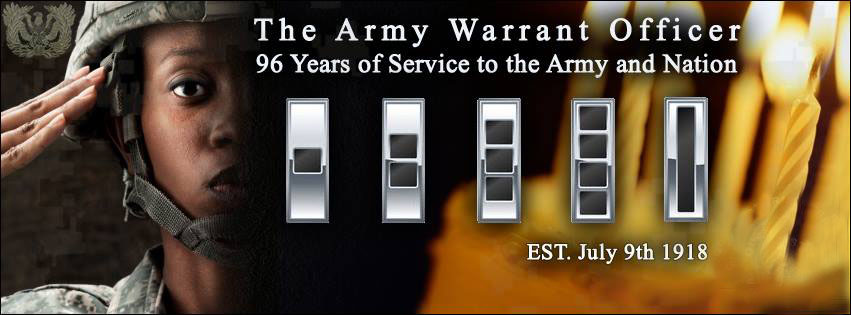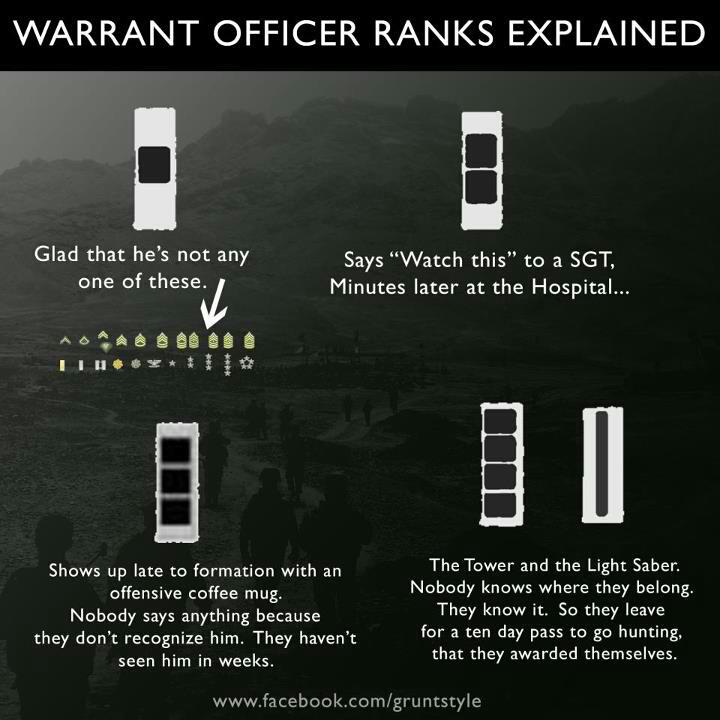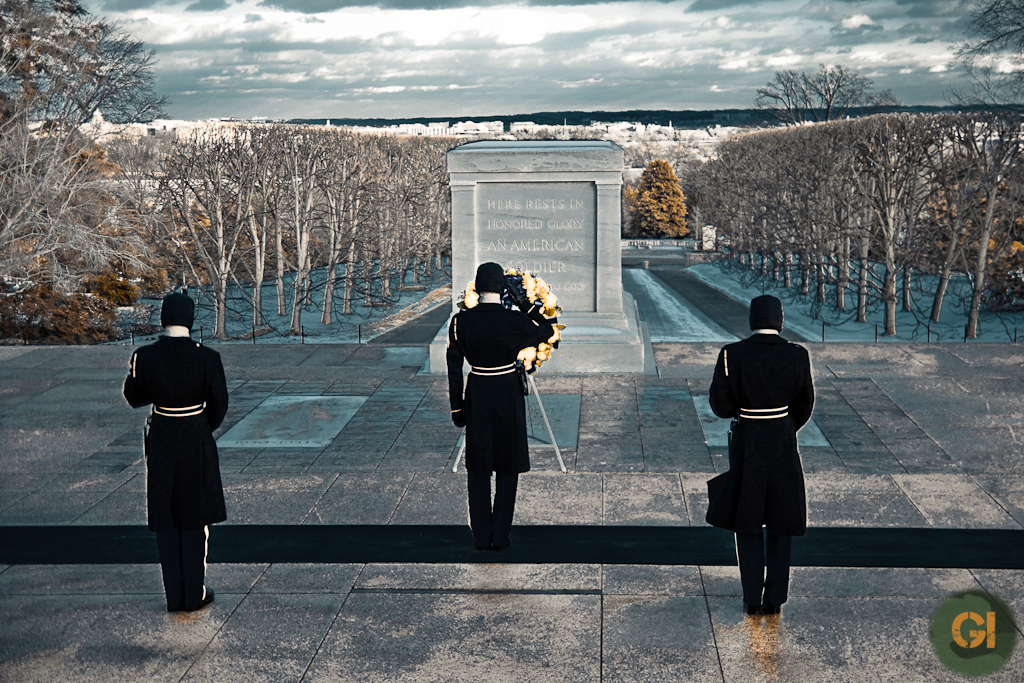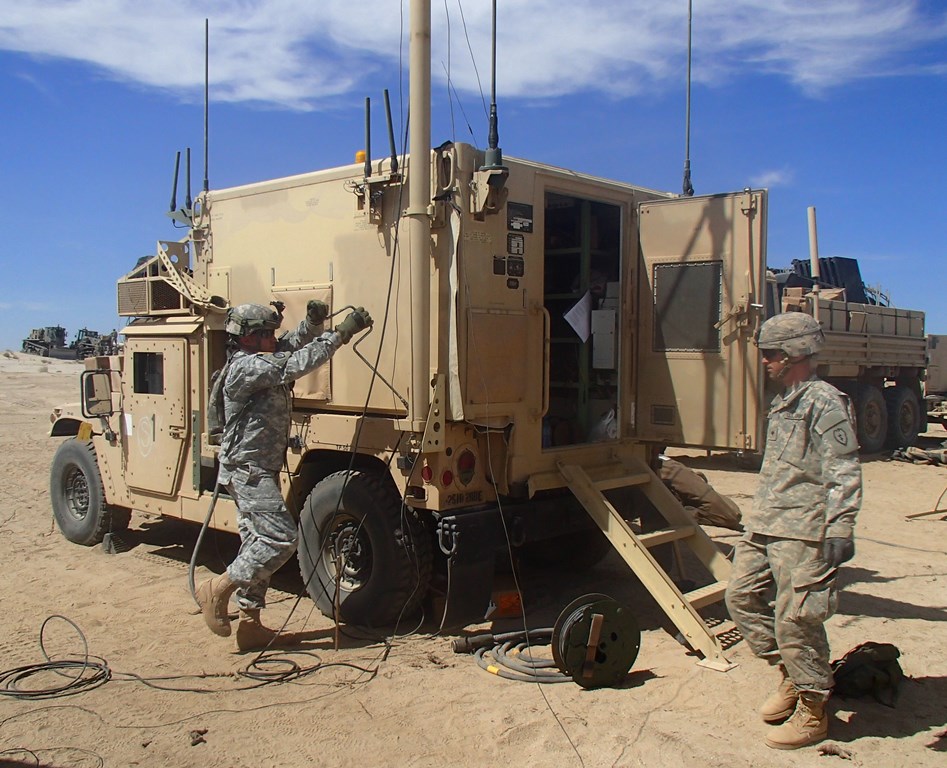Have you heard the expression “Can’t see the forest for the trees”? Simply put, it means that someone gets so caught up in the details of the situation that they lose track of the bigger situation. This is a situation I see often by a variety of people in different positions but for the purposes of this article, we’ll be talking about Net Techs.
Scotty, I Need More Bandwidth!
Usually about half way through each rotation I will try to find the Brigade XO and spend a few minutes talking to him about communications. By this time, the network is well-established, the unit has conducted a couple of CUBs, and by and large everyone should have a pretty good idea of how well we can (or can’t) communicate across the unit. One of the comments I frequently hear is that they “need more bandwidth”.
January Warrant Officer Selection Results
Congrats to all of the NCO’s who were selected to join the warrant officer ranks.
How to Steal a Password in 15 Seconds
People often wonder how hackers are able to get people’s passwords in order to access their accounts. Truth of the matter is, it’s really not that freaking hard. Check out the video below from Jimmy Kimmel and pay attention to two things. 1. Just how weak their passwords are and 2. Just how easily the interviewer got them to give up the passwords.
What is a Net Tech?
I have personally been in the Army for 15.5 years, with 8 of them wearing a “dot” on my chest. When I entered the Army in July of 1999 “Chief” was a mythical figure that I had heard of, but never seen. Chief was the crusty old guy that you only saw after you had been spending hours and hours trying to fix something. He would walk up to your site, spend 5 minutes looking at the problem and it would be fixed. Officers were afraid of him while Soldiers and NCOs were in awe. The Army and what Chief is has changed in many ways since then.
Managing IP Space
Who is responsible for managing your unit’s IP space? Is it you? Is it the 255A or 53? Do you actually have someone who is responsible for issuing and controlling the IP space for the unit? There was a recent discussion in the 255N Facebook group about things we can do to secure the network. One of the things brought up was knowing every device that was on the network. While that is important (and one I will get too shortly), today I want to talk about something a little simpler, knowing where all of your IP space is.
How to Find a Needle in the Desert
So if you happened to be up and in system a couple of weeks ago, you may have noticed a prolonged period of “disruption”. The brigade on rotation here began to see instability across the satellite network effecting both TDMA and FDMA. We were eventually informed by the commercial satellite provider that the problem terminal was indeed located in the Fort Irwin area. The focus of this post is sort of an AAR of what occurred in an effort to identify the responsible terminal, and what could have been done to improve the situation from the very beginning and to minimize the chances of this happening again.
FSR Support
On this day in 2008, I learned the very hard lesson that how well we prepare our Soldiers to do their jobs in combat can mean the difference between the life and death of others.
How to do well on the NTC Checklist
This morning I was at the gym working out when I got a phone call from a longtime friend of mine who is currently working on the FORSCOM MCAT team. He was out visiting a unit and had a question, one that I hear pretty frequently…. “Will you gig the unit if they do/don’t do …..” This is a question that I seriously get asked at least once every time I talk to a new unit. My short answer is “No.”
Whose Got Your Backup?
I think that most in the military would agree that there has to be someone in charge. Who that person is may well change for a variety of situations, but there is always someone that is in charge. From a command perspective it is the Commander followed normally by his deputy. From a mission command perspective it is normally the TOC (or Main) followed by the TAC. From a network perspective it is NETOPS followed by….










